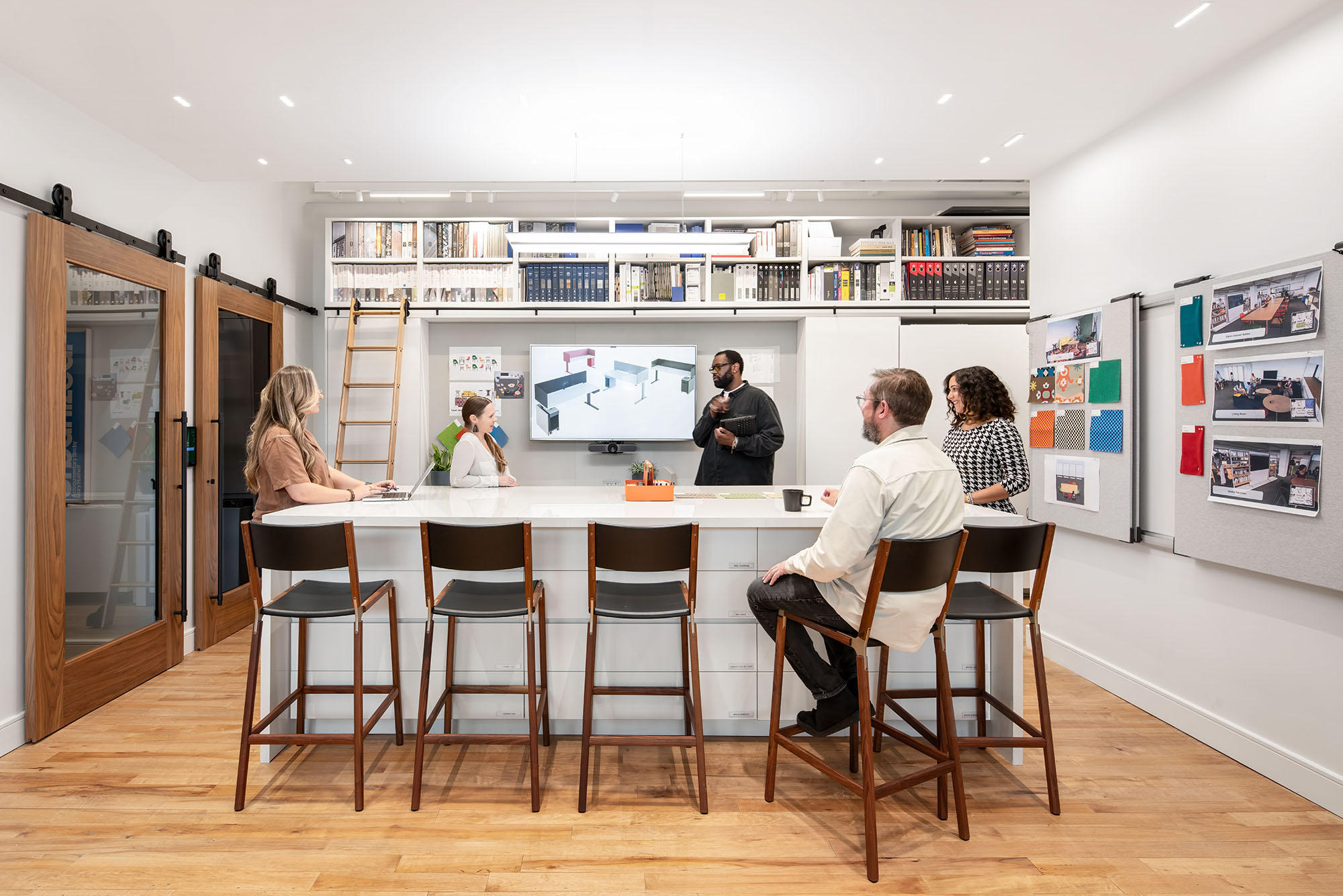
WPA Included on Inc. 5000 List of America’s Fastest-Growing Private Companies
Work Program Architects has been included in the 2025 edition of the Inc. 5000, a recognition that the Norfolk architecture...
Read More
CEO Mel Price Talks Radical Transparency on People Managing People Podcast
For a recent episode of the People Managing People podcast, host David Rice sat down Mel Price, CEO and co-founder...
Read More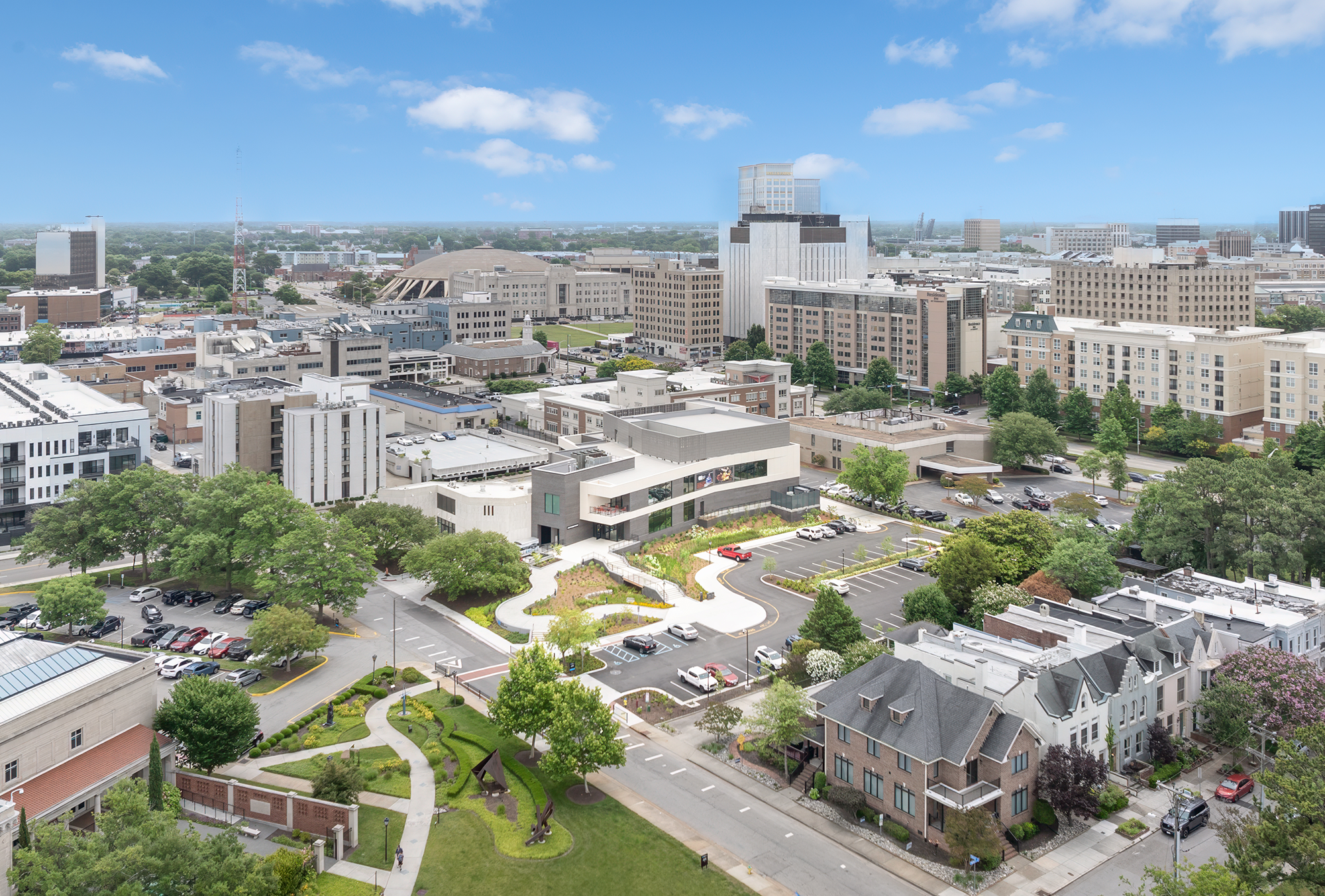
The Chrysler Museum of Art’s Plan for Coastal Resilience Highlighted by Virginia Mercury
As sea levels rise and sunny-day flooding becomes a familiar occurrence in Norfolk, the Chrysler Museum of Art is taking...
Read More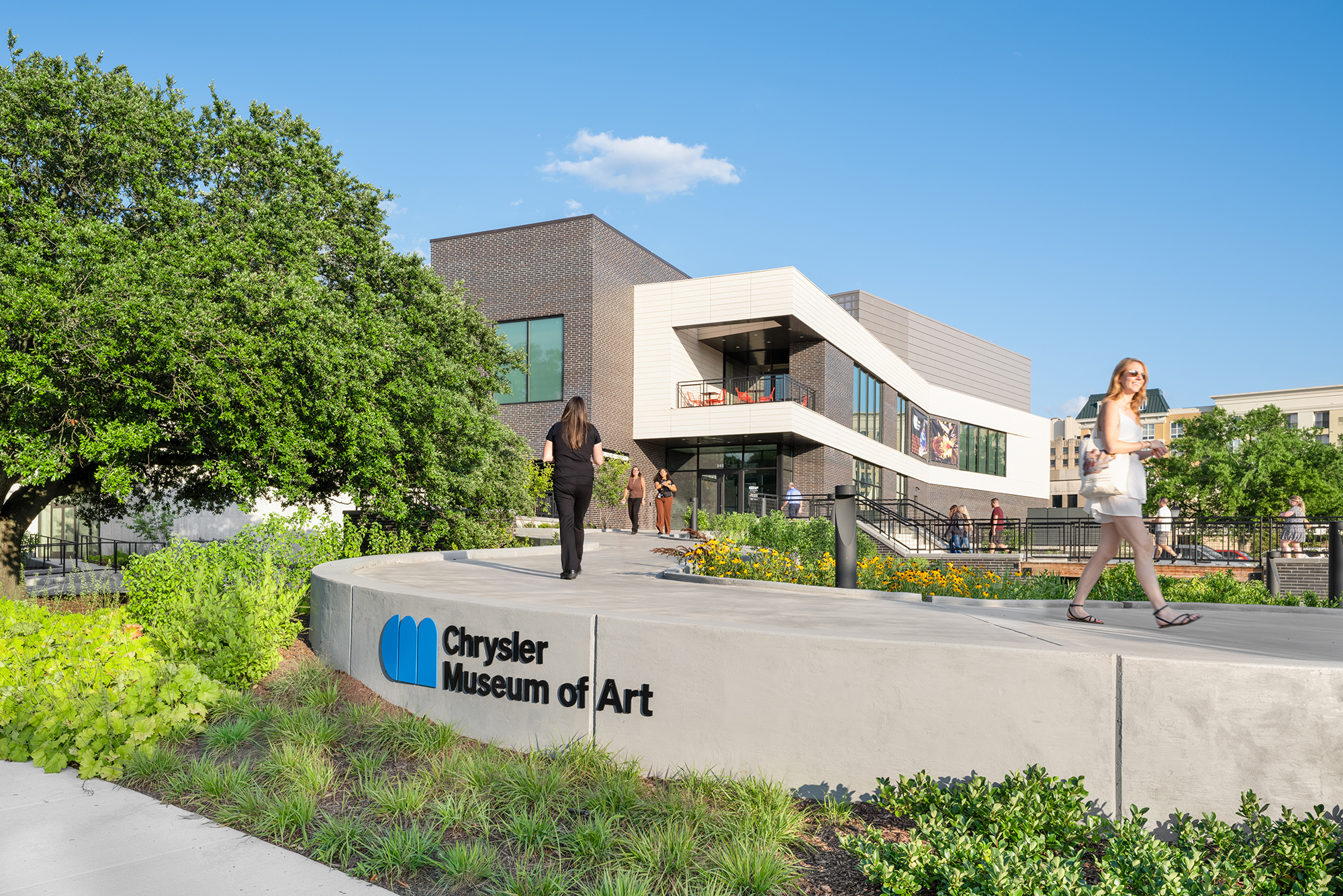
The Wall Street Journal Spotlights the Perry Glass Studio’s Purpose-Driven Design
The expansion of the Chrysler Museum of Art’s Perry Glass Studio — designed by Work Program Architects — was recently...
Read More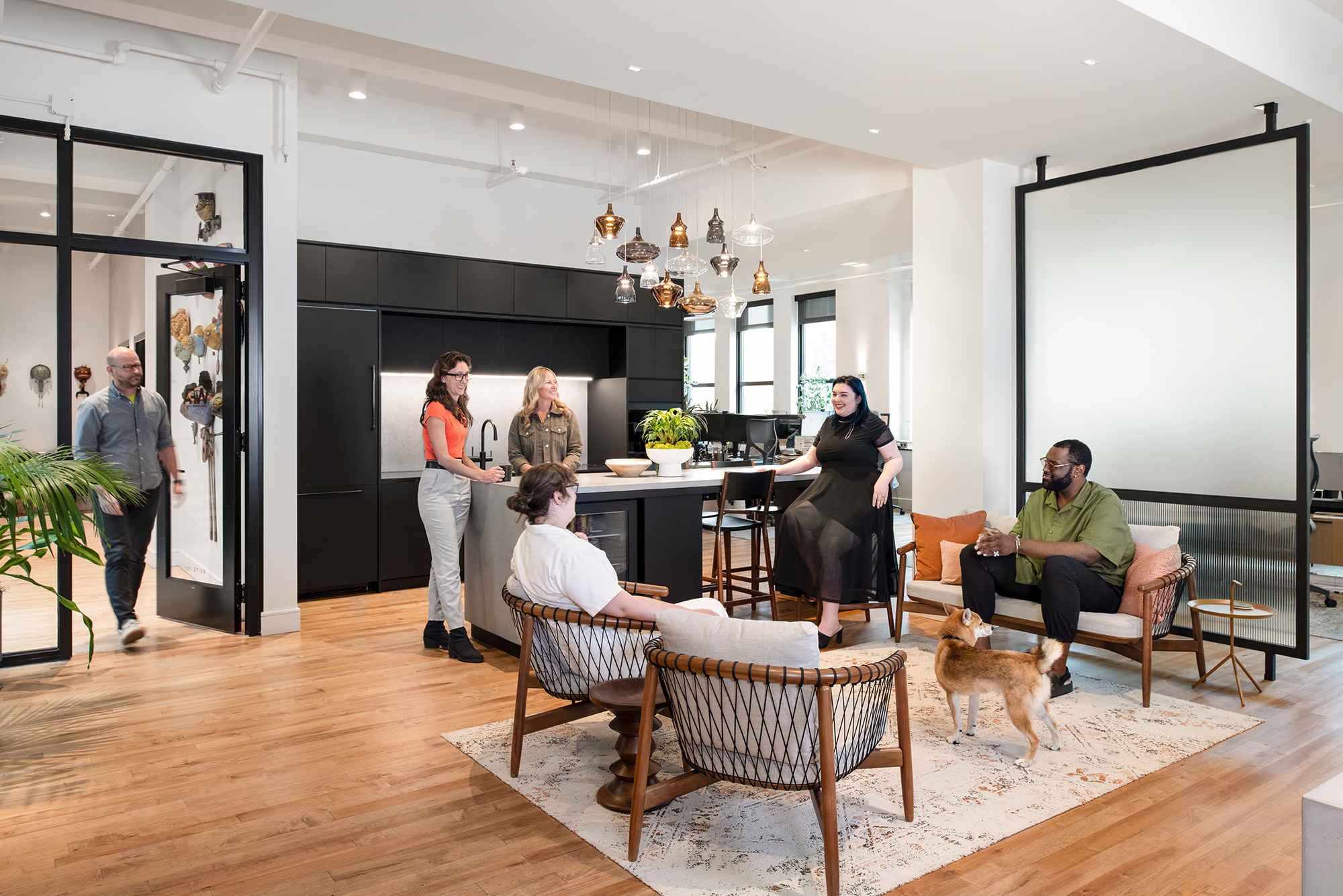
Inc. Names Work Program Architects One of 2025’s Best Workplaces
Work Program Architects has been named to Inc. magazine’s 2025 list of Best Workplaces, a national recognition honoring companies that...
Read More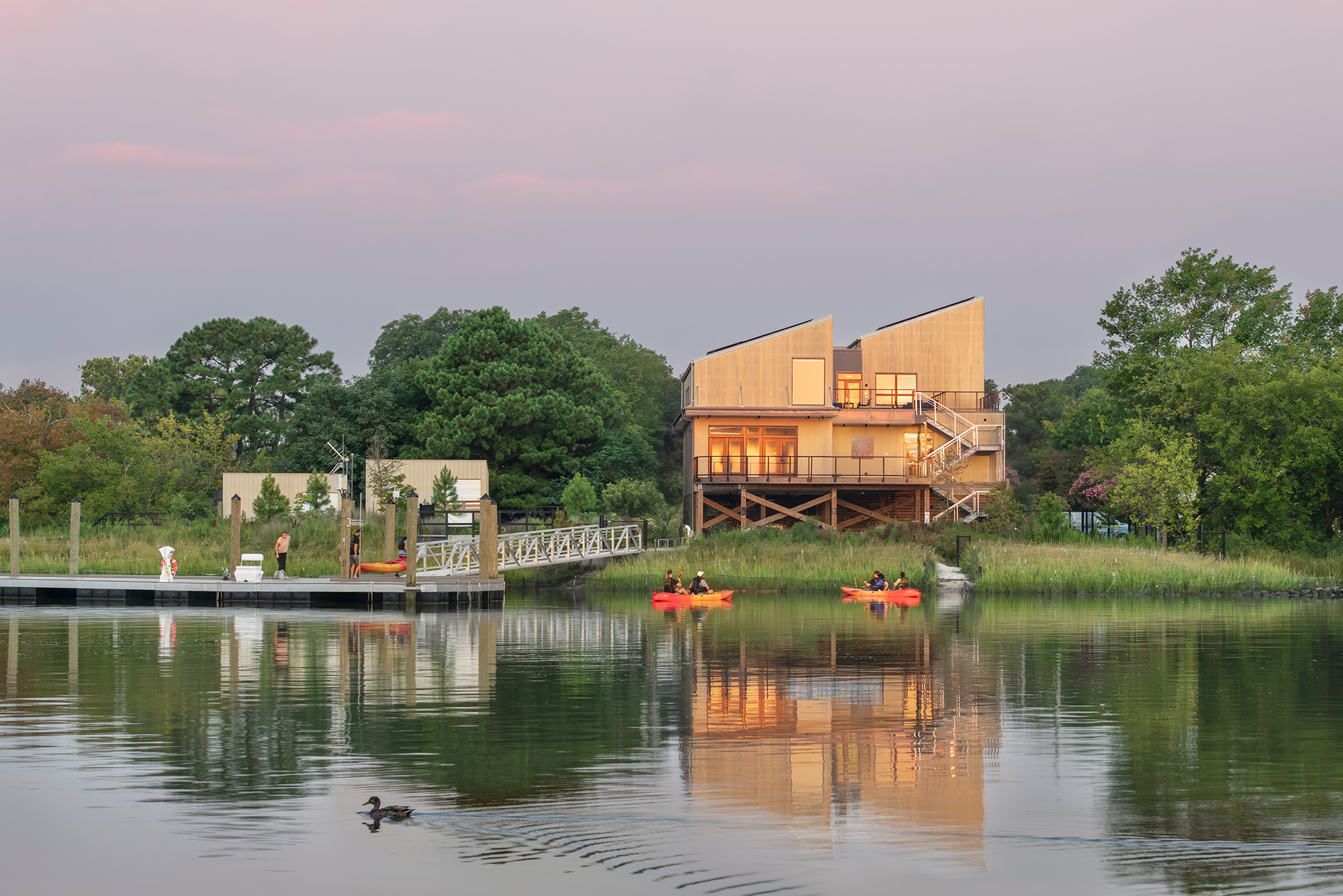
Elizabeth River Project’s Ryan Resilience Lab Named a ‘World Changing Idea’ by Fast Company
Work Program Architects is proud to share that the Elizabeth River Project’s Ryan Resilience Lab has been named a winner...
Read More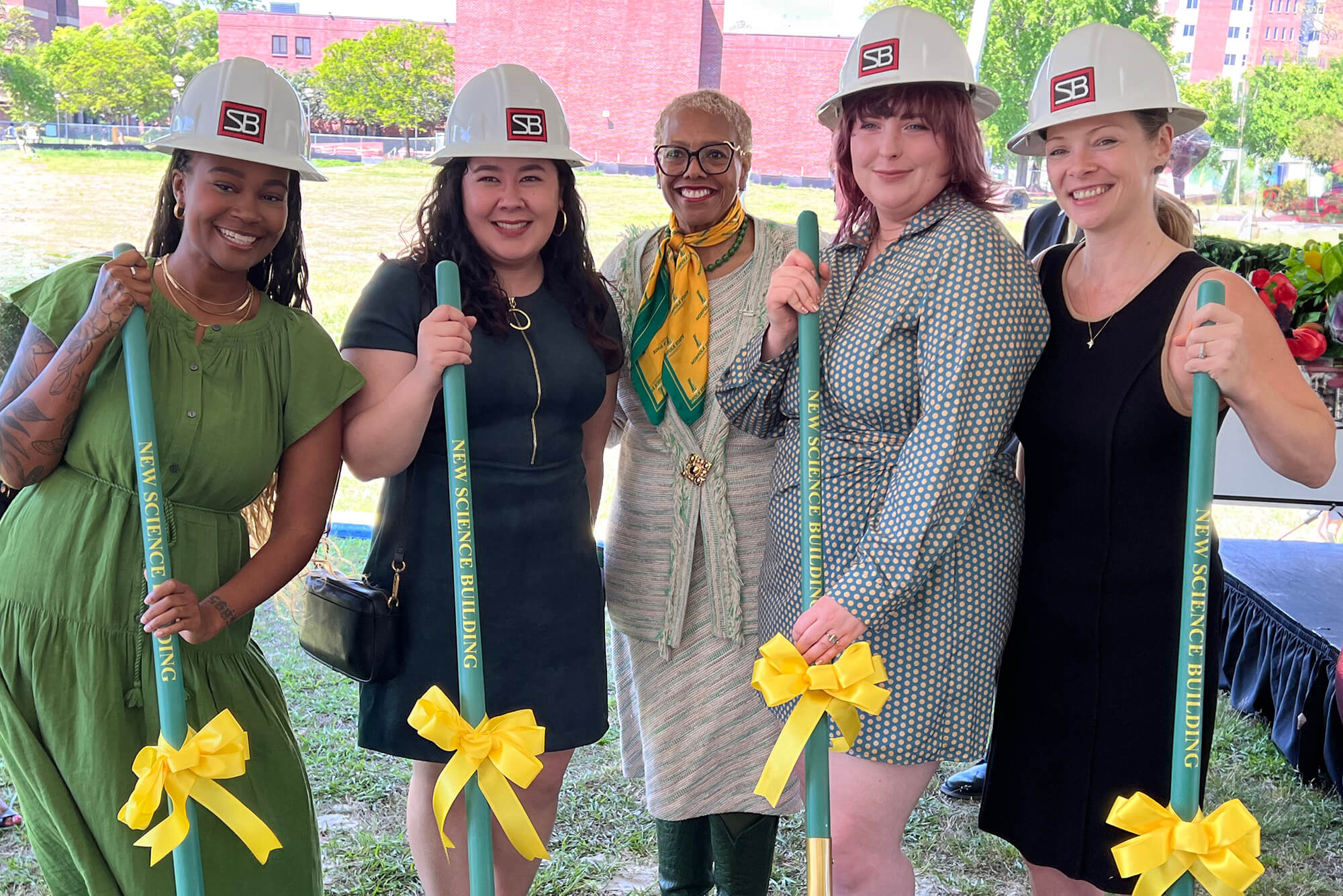
NSU Starts Work on $118M Facility to Expand Science and Research Opportunities
Norfolk State University (NSU) marked a major milestone on April 18 with a groundbreaking ceremony for its $118 million New...
Read More
NBC’s Today Show Takes Viewers on a Tour of the Elizabeth River Project’s Ryan Resilience Lab
The Elizabeth River Project’s Ryan Resilience Lab, designed by Work Program Architects, was recently featured on NBC’s Today show, bringing...
Read More
Expanded Perry Glass Studio Reopens at the Chrysler Museum of Art
The Perry Glass Studio at the Chrysler Museum of Art has officially reopened following a $30 million expansion. The museum...
Read More